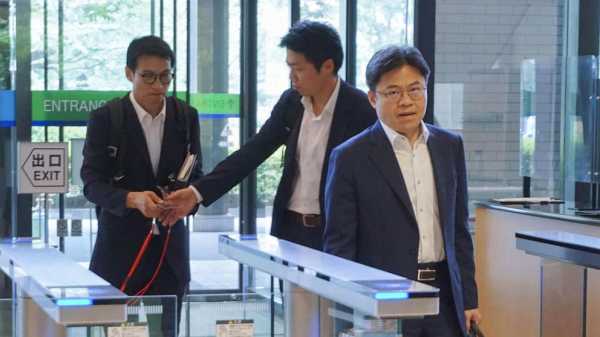
TOKYO — The head of a South Korean team of experts said Wednesday they saw all of the facilities they had requested to visit at Japan’s tsunami-wrecked Fukushima nuclear plant and Japanese officials had carefully answered their questions about a contentious plan to release treated but still slightly radioactive water into the sea, a sign of a further thawing of ties between the countries.
During their two-day visit, which was closed to the media, officials from the Japanese government and the plant operator, Tokyo Electric Power Company Holdings, showed the 21-member delegation facilities related to treatment, safety checks, transport and dilution of the waste water.
The plan has faced fierce protests from local fishing communities concerned about safety and reputational damage. Neighboring countries, including South Korea, China and Pacific Island nations, have also raised safety concerns.
The water release has particularly been a sensitive issue between Tokyo and Seoul, which are now repairing long-strained ties to address bigger challenges such as security threats from China and North Korea.
“We saw every necessary facility that was included in the initial plan,” said Yoo Guk-hee, the chairperson of South Korea’s Nuclear Safety and Security Commission who heads the delegation. His government has studied the water release plan since August 2021 and submitted a list of facilities it wanted to see, he said.
The delegation also received data showing levels of radioactivity of the water before and after treatment which they still need to analyze and confirm, Yoo told reporters. He did not give his evaluation of the water release plan.
His team will hold talks with Japanese officials in Tokyo on Thursday before returning home Friday.
Japanese officials say the water will be treated to legally releasable levels and further diluted with large amounts of seawater. It will be gradually released into the ocean over decades through an undersea tunnel, making it harmless to people and marine life, they say.
Some scientists say the impact of long-term, low-dose exposures to radionuclides is unknown and the release should be delayed.
Historical disputes have strained ties between Tokyo and Seoul but their relationship has thawed rapidly in recent months as the two U.S. allies, under Washington’s pressure, share a sense of urgency to mend ties amid growing regional security threats.
A massive March 11, 2011, earthquake and tsunami destroyed the Fukushima Daiichi nuclear plant’s cooling systems, causing three reactors to melt, releasing large amounts of radiation. Water used to cool the reactor cores accumulated in about 1,000 tanks at the plant which will reach their capacity in early 2024.
Japanese officials say the water stored in the tanks needs to be removed to prevent accidental leaks in case of another disaster and to make room for the plant’s decommissioning.
___
AP video journalist Yong Jun Chang in Seoul, South Korea, contributed to this report.
Sourse: abcnews.go.com